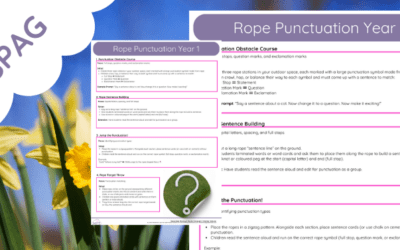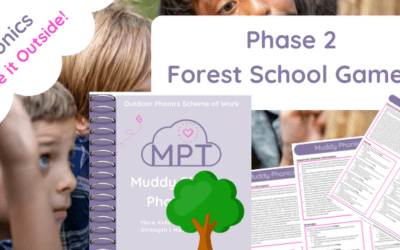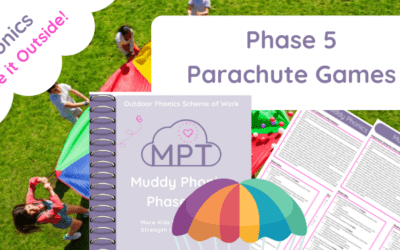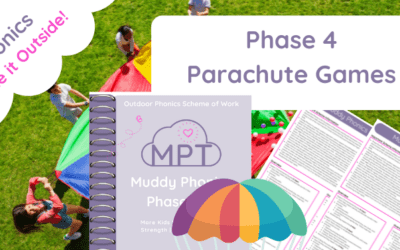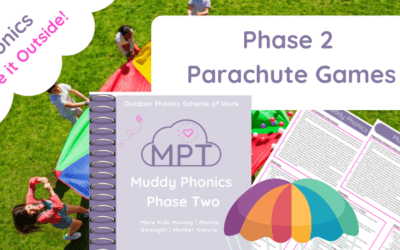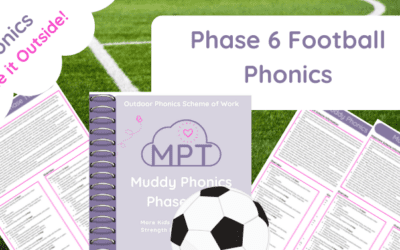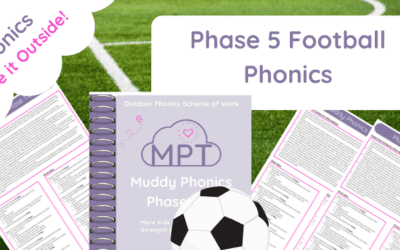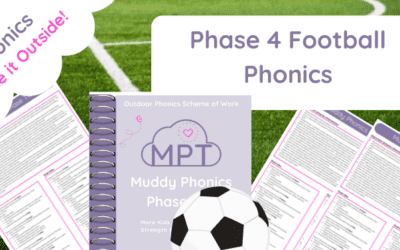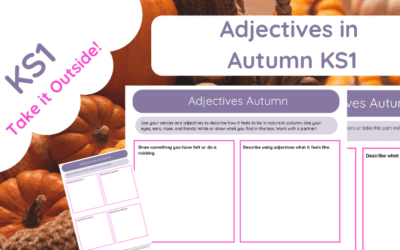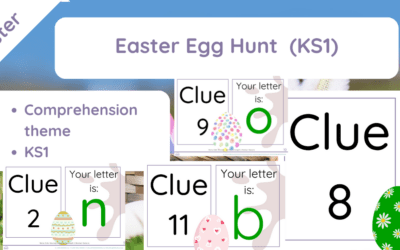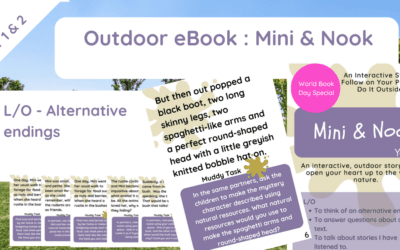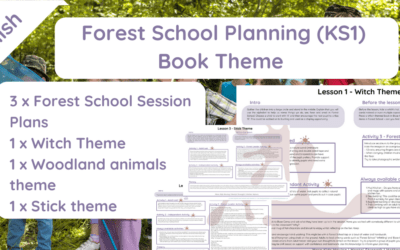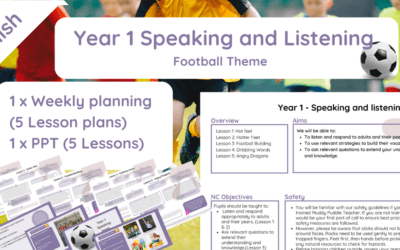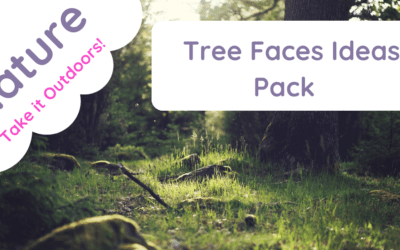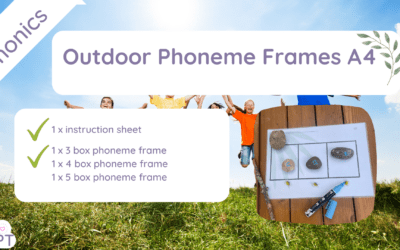Year 1 Punctuation Power Pack Make punctuation pop with fun, hands-on learning! Bring the basics of punctuation to...
Forest School Phase 2 Phonics
Feb 10, 2025
Make Phase 2 phonics fun, engaging, and active with our Forest School Games for Early Literacy. Designed to support...
Phase 5 Phonics Games (Parachutes)
Feb 10, 2025
Phase 5 Phonics Parachute Games – Active Learning for Confident Readers Take Phase 5 phonics outdoors with our...
Phase Four Phonics Games (Parachutes)
Feb 10, 2025
Phase 4 Phonics Parachute Games – Active Learning for Confident Readers Take Phase 4 phonics outdoors with Parachute...
Phase 2 Phonics Games (Parachute)
Feb 10, 2025
Phase 2 Phonics Outdoor Parachute Games – Active Learning for Early Literacy Bring Phase 2 phonics to life with our...
Phase 6 Phonics Football
Feb 9, 2025
Introducing Phase 6 Phonics Football Outdoors—an innovative educational program that seamlessly integrates advanced...
Phase 5 Phonics Football
Feb 9, 2025
Introducing Phase 5 Football Phonics—an innovative educational resource that seamlessly blends the excitement of...
Football Phase Five Phonics
Feb 6, 2025
Football Phase 5 Phonics Activity Pack An Active and Engaging Way to Learn Phase 5 Phonics The Football Phonics Phase...
Football Phase 4 Phonics
Feb 6, 2025
Football Phase 4 Phonics Activity Pack An Active and Engaging Way to Learn Phonics The Football Phase 4 Phonics...
Football Phonics Games (Phase 3)
Feb 4, 2025
Football Phonics Games – Phase 3 Make Phonics Active, Engaging, and Fun! Football Phonics Games – Phase 3 is designed...
Debating Lesson Ideas KS1
Jan 4, 2025
Debating Lesson Ideas for KS1: Fun and Engaging Activities for Young Thinkers Product Description: Empower young minds...
Adjectives in Autumn KS1
Nov 13, 2024
Adjectives in Autumn KS1 Outdoor Worksheet Bring the beauty of autumn to life with our "Adjectives in Autumn" KS1...
Easter Egg Hunt KS1 (Reading Theme)
Apr 1, 2024
What does this resource include? 1 x Easter Egg Hunt Pack 12 x Clues with letters attached 1 x Answer Sheet for the...
FREE World Book Day Book- Mini & Nook (Outdoor eBook)
Mar 21, 2024
What does this resource include? 1 x eBook (To be downloaded onto a tablet and read outdoors) Instructions on how to...
Forest School Planning (KS1) Book Theme
Feb 26, 2024
What does this resource include? 3 x Forest School Lesson Plans themed around books 1 x Witch Theme 1 x Woodland...
Speaking & Listening (Year 1) Football Theme
Feb 24, 2024
What does this resource include? 1 x Weekly Lesson Plan (5 Lesson Plans) 1x PPT Presentation & aims slides How can...
Tree Faces
Apr 28, 2023
The Benefits of Making Tree Faces Making tree faces is a delightful and creative outdoor activity that engages...
Outdoor Phoneme Frames A4
Apr 28, 2023
What does this resource include? Instruction into how to use your outdoor phoneme frame 1 x 3 box phoneme frame 1 x...
New In
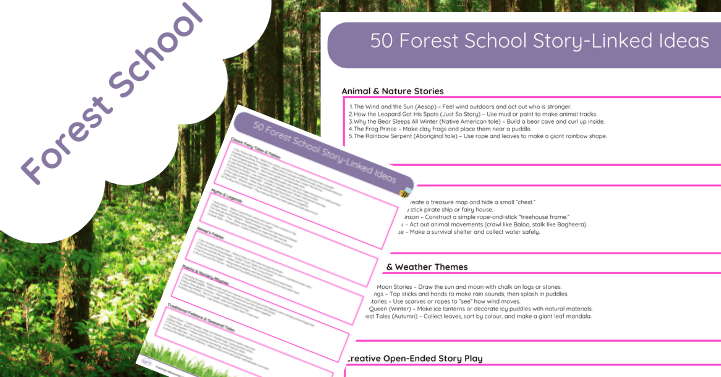
Forest School Story-Linked Lesson Ideas
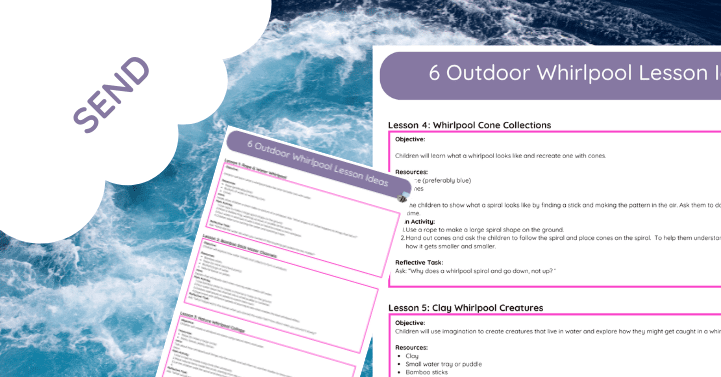
Whirlpool Lesson Ideas – SEND Pack
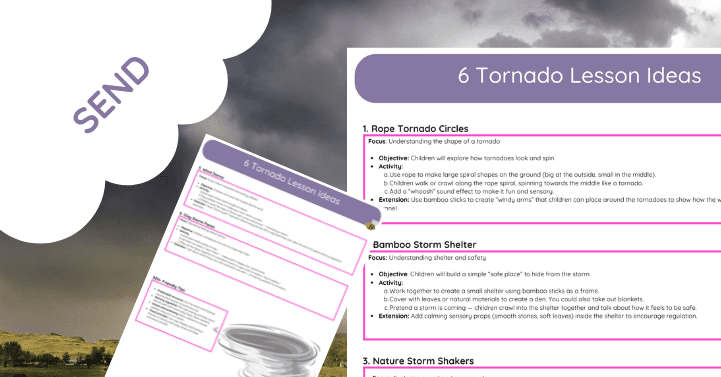
Tornado Lesson Pack for SEND
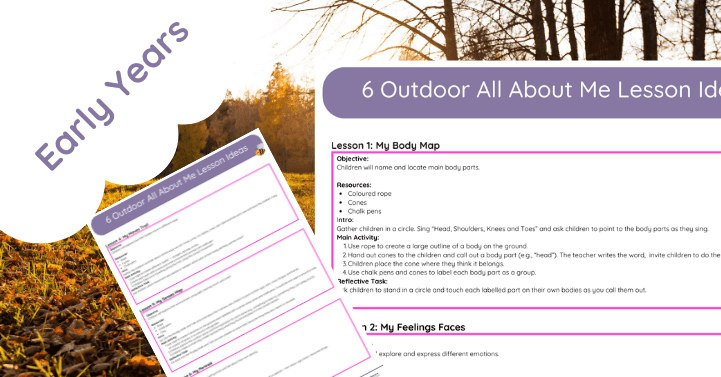
All About Me Lesson Ideas
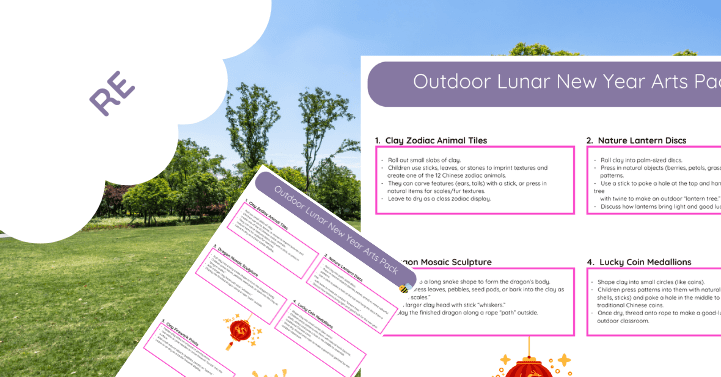
Lunar New Year Outdoor Arts Pack
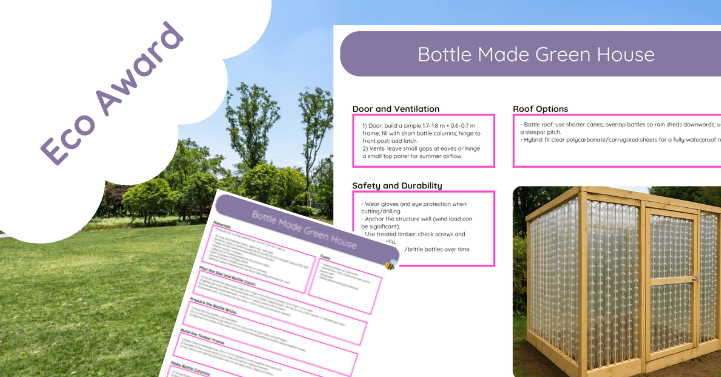
Bottle Greenhouse Instructions
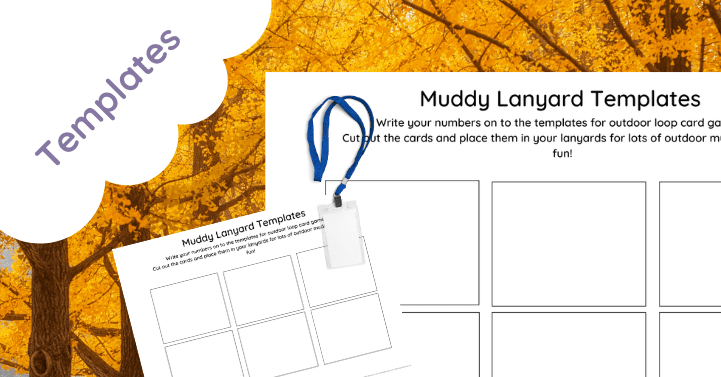
Blank Outdoor Lanyard Template
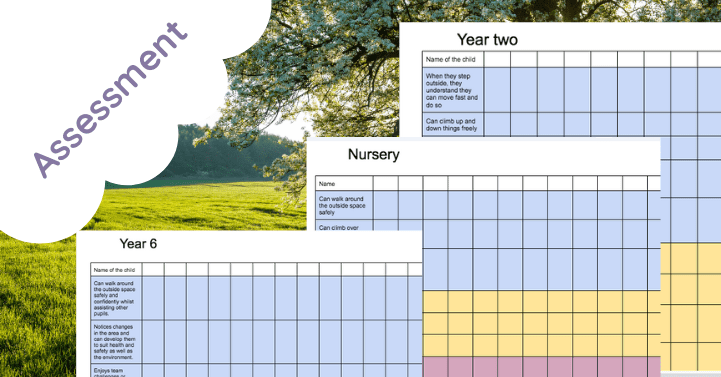
Outdoor Learning Assessment Grid

Nelson Mandela KS1 (Outdoor Lesson Ideas)



